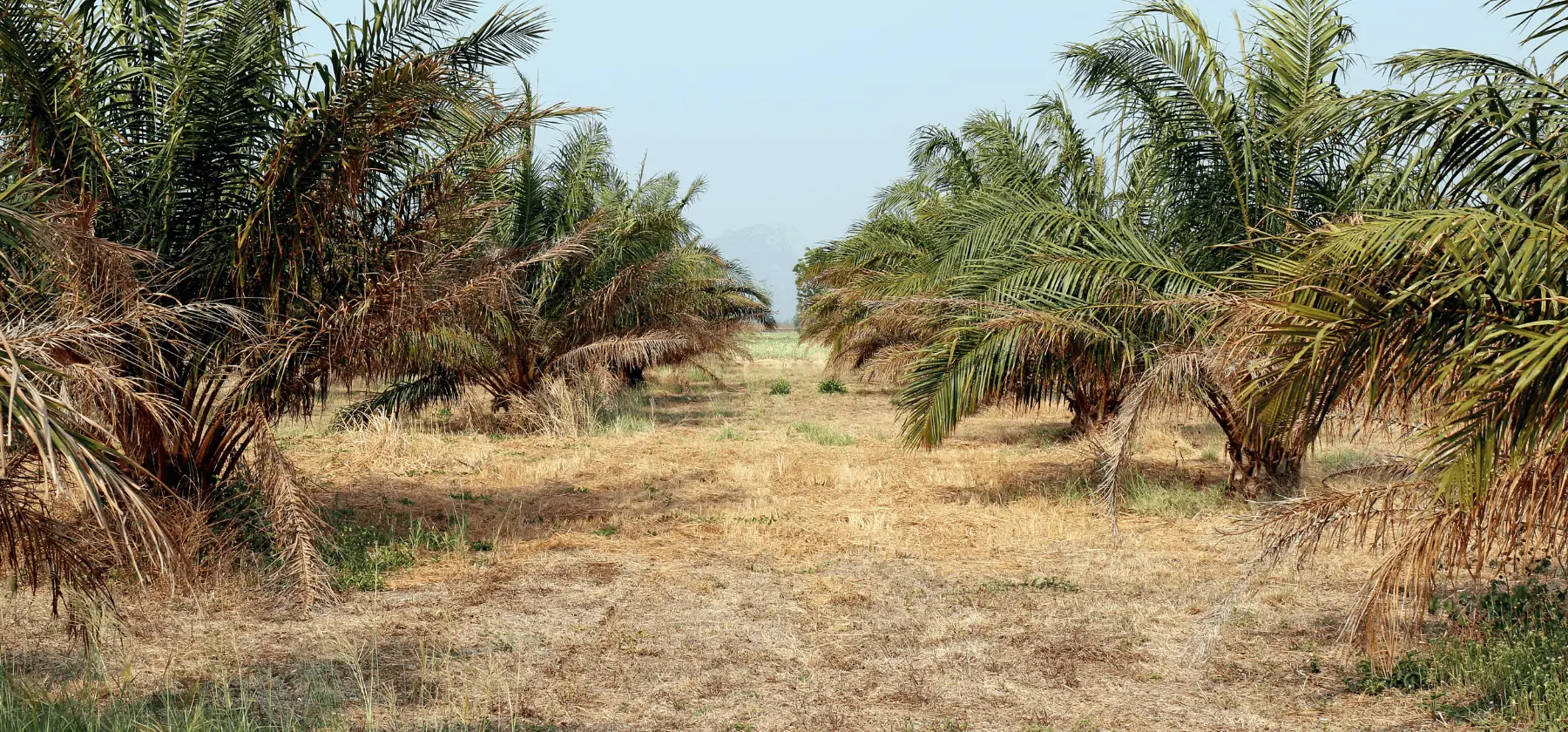Prices for both crude palm oil and palm kernel oil have increased in Asia and Europe since last week. This rise is fueled by worries over the potential emergence of an El Niño weather pattern in the coming months. The Food and Agriculture Organization (FAO) and the United Nations Office for the Coordination of Humanitarian Affairs (OCHA) anticipate below-normal rainfall in multiple Asian nations during September and October, including Indonesia.
Tip: take a look at our free to use oils and fats calculators, to for example calculate your crude vegetable oil refinery cost.

Fig 1. Price Comparison between Malaysian crude palm oil and palm kernel oil
Overview of the latest market prices
- Malaysian crude palm oil spot settlement price on the BMD (04/09/2023) increased to €771 | $832 / mt from €754 | $817 / mt (29/08/2023)
- The Vesper West EU Forward Price Index for crude palm oil (04/09/2023) went up to €922 | $995 / mt (CIF Rotterdam, November contract) from €906 | $981 / mt (29/08/2023)
- The Malaysian spot crude palm kernel oil price (01/09/2023) rose to €808 | $876 / mt from €770 | $837 / mt (29/08/2023)
- The Vesper West EU Forward Price Index for crude palm kernel oil (04/09/2023) increased to €922 | $995 / mt (CIF Rotterdam, October-November contract) from €909 | $985 / mt (29/08/2023)
Concerns are particularly prevalent in India, as the country experienced 36% less rainfall during August, just when the country is preparing for the festive season. In response to this, India’s edible oil imports increased by 5% to reach a historic high of 1.85 million metric tons in August, with businesses procuring over 1 million metric tons of palm oil for the second consecutive month to build up stocks for the upcoming festivals, as reported by Reuters.
In contrast to the concerns related to weather, the market is facing downward pressure due to recent declines in export figures and increasing production forecasts for both this week and the prior week. Nevertheless, given that last week’s figures were relatively consistent with those of this week, it appears that the market has already largely factored in the expectations of higher Malaysian palm oil production and decreased exports.
Overview of the latest market estimates of export, production and stocks
- Malaysia 1–31 Aug vs. 1-31 Jul palm oil export: 1,171,998 mt vs. 1,176,912 mt (-0.42%) by Amspec
- ; ITS – 1,201,488 mt vs. 1,238,438 mt ( -2.98%); Bloomberg – 1,330,000 mt vs. 1,350,000 mt (- 1.5%); Reuters – 1,330,000 mt vs 1,350,000 mt (-1.8%)
- Malaysia 1–31 Aug vs. 1-31 Jul palm oil production and stocks estimates by Bloomberg (polls based): stocks at 1.9 mmt vs. 1.73 mmt (+10%) , production at 1.73 mmt vs. 1.61 mmt (+7.5%)
- Malaysia 1–31 Aug vs. 1-31 Jul palm oil production and stocks estimates by Reuters (polls based): stocks at 1.89 mmt vs. 1.73 mmt (+9.2%), production at 1.72 mmt vs 1.61 mmt (+6.8%)
- UOB KayHian estimated the growth in Malaysian palm oil output in August at 10-14%
- China 28 Aug – 1 Sep vs. 21-25 Aug palm oil stocks at ports: 676,000 mt vs. 646,600 mt
What’s next
The market is patiently waiting till for the MPOB numbers tob e released next week. In the meantime, Vesper expects the palm oil market to stay stable/slightly bullish.
A Singapore-based trader, in a report to Vesper, expressed their perspective, stating, “The MPOB data might surprise the market again as I don’t think the ending stocks might hit 1.9 mmt as expected…the rise is too fast, and export might also come in slightly better than the market expected.”.
Simultaneously, the building up of festival-related stocks in China and India, coupled with forecasts of El Nino occurring in September/October in Asia, are supporting higher prices.
Visit the Vesper platform and access more vegetable oils highlights.
